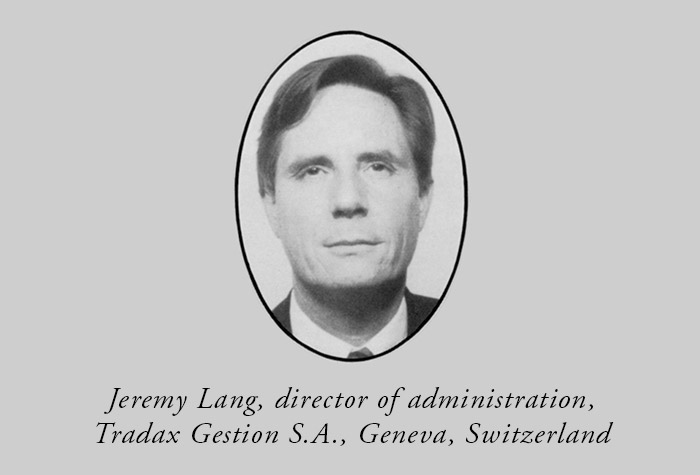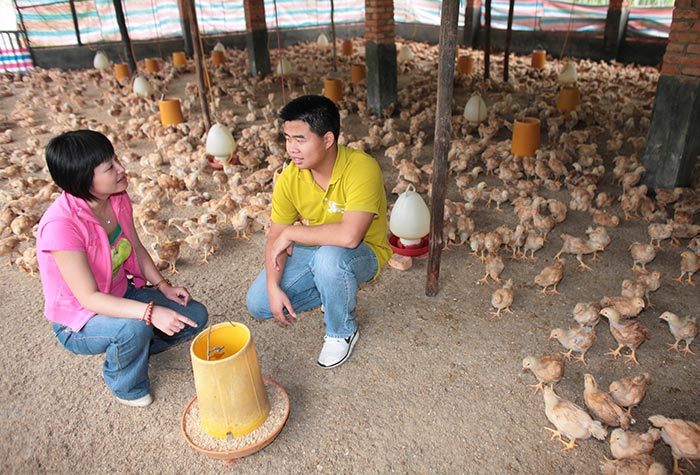A Patient Approach Opens Trade with China
To help the company enter the Chinese market in the early 1970s, a Cargill executive immerses himself in the country’s culture.
January 01, 2015
In 1969, Cargill set its sights on a new market: China. The potential for new business was strong, but the cultural barriers seemed almost impassable. Americans, whose government had not officially recognized the People’s Republic of China, were not even allowed to visit the country.
The company knew patience was the key to progress. Enter Jeremy Lang, an adventurous businessman who worked for TRADAX, Cargill’s international operations based in Europe. Lang held a passport from the United Kingdom, which recognized China’s ruling government. The credential enabled him to travel to China to attend the Canton Fair, China’s bi-annual import and export tradeshow, and one of the few places where overseas buyers could find Chinese sellers.
 [image caption] Able to pass through Chinese customs, Jeremy Lang makes yearly trips to the Canton Fair, laying the foundation for Cargill’s work in Asian markets.
[image caption] Able to pass through Chinese customs, Jeremy Lang makes yearly trips to the Canton Fair, laying the foundation for Cargill’s work in Asian markets.
Over his first few visits, Lang found the fair a disorganized and frustrating scene, but he made connections and learned about the culture. In 1972, President of the United States Richard Nixon signed the first Sino-US Joint Communiqué, opening trade between China and the US.
In July 1973, Lang was summoned to Beijing to make Cargill’s first Chinese grain purchase. There, he met with a team of government negotiators and spent several days answering personal questions. In many Asian cultures, it is customary to first establish a personal relationship before engaging in critical business discussions.
On the seventh day of meetings, the team finally talked about grain. Three weeks later, they reached an agreement for 500,000 tons of wheat. It then took four more weeks to agree on the exporting terms. In the end, it was Lang’s perseverance, calm demeanor and extensive experience in China that closed the deal.
“Cargill is considered to be one of the most outstanding investors, paramount because China is an agriculturally based economy with food shortages. The company’s vertically integrated operation fits that like a glove.”— Jeremy Lang, Assistant General Manager, TRADAX
Building on those humble beginnings, Cargill’s business in China today spans many services and industries, with a focus on developing long-term food security across the country.
 [image caption] Today, Cargill monitors the supply chain from eggs to chicks, and from feed to processing, with the birds raised on Cargill farms in the rural Anhui province.
[image caption] Today, Cargill monitors the supply chain from eggs to chicks, and from feed to processing, with the birds raised on Cargill farms in the rural Anhui province.
And as China continues to grow economically, so does the partnership. Cargill’s latest initiatives demonstrate its commitment to long-term, sustainable solutions for the agriculture-based market: helping farmers learn best agricultural practices, giving children in the most rural areas better access to education, and implementing state-of-the-art food safety protocols across its expanding poultry business.
